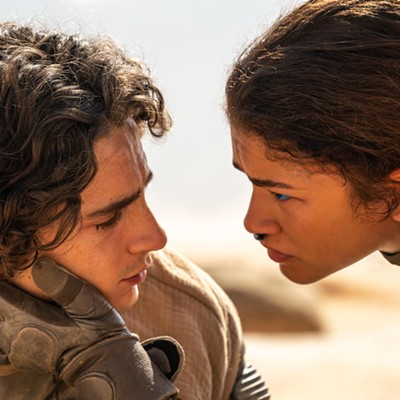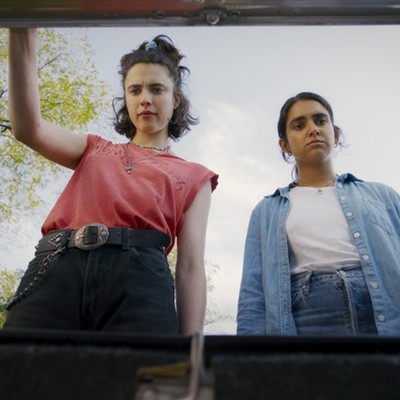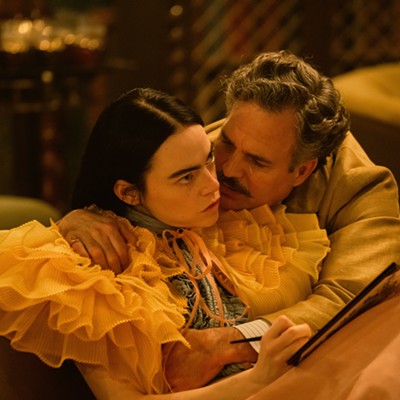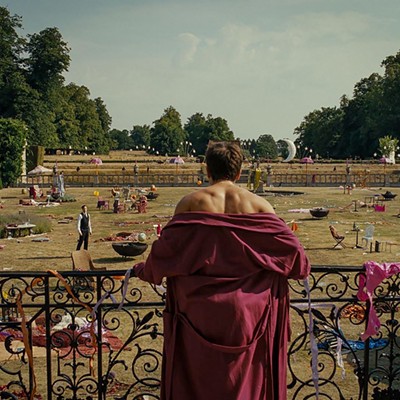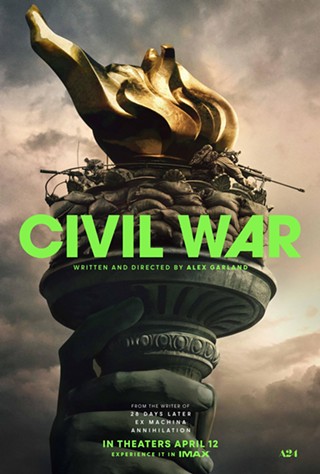Martin Scorsese's Silence, or, How to Torture a Jesuit Priest Until He Says "Ah, Screw It!" and Looks for Another Gig, is the auteur's most inconsistent offering since his misguided and sloppy Casino.
It's clear that Scorsese has poured his heart into the passion project, which makes it all the more sad that it doesn't live up to his usual standard.
The movie is far too long, and repetitive to the point where it becomes laughable rather than having the desired effect of moving the viewer. Based on the Shusaku Endo book, and a project Scorsese had been trying to mount since the '80s, it's nothing but a colossal waste of a great director's time.
Bored to death is not what I expect to be during a Scorsese offering, but that's what I was watching Silence. Two Jesuit priests, Rodrigues and Garrpe (Andrew Garfield and Adam Driver), head to Japan in search of their mentor priest, Ferreira (Liam Neeson). Ferreira went missing during a prior mission years ago, and is rumored to have gone into hiding as a civilian with a wife. The whole setup feels a bit like Apocalypse Now, minus the excitement, capable storytelling and Fat Brando.
After the two priests split up on the search, the film basically becomes a series of scenes where Rodrigues witnesses atrocities against Japanese Christians being tortured by samurais trying to cleanse the country of Christianity. He watches men and women getting drowned, hung upside down, beheaded, etc. To Scorsese's credit, the violence, while horrifying, is never gratuitous.
Garfield's character is essentially a Christ figure reminiscent of Willem DaFoe in The Last Temptation of Christ. He's being followed around by what amounts to the film's Judas, a guide named Kichijir o (Yosuke Kubozuka). Kichijiro screws Rodrigues over repeatedly, constantly asking for confession, even getting paid in silver at one point. His actions almost feel like a running gag.
The film does get better in its final act, when Rodrigues finally crosses paths with Ferreira. Neeson is so good in his scenes, you'll wish he had shown up a little sooner. As for Garfield, for every scene where he's powerful, there are others where he's overwrought and feels slightly miscast. Driver is excellent, and the film might've benefited from him and Garfield switching roles.
The movie isn't without the typically great Scorsese flourishes. A scene where three men are tied to crosses in the ocean, continuously being pummeled by waves, is an absolute marvel. Rodrigues's interrogation at the hands of an evil feudal Samurai governor (a creepy Issey Ogata) is mesmerizing. Had Scorsese and longtime editor Thelma Schoonmaker taken a pair of scissors to the film and brought it in under two hours, it might've done the movie a big favor.
Let me take this moment to point out that I will sit through a five-hour movie if it is well done. Let me also point out that many movies that are 90 minutes long feel interminable and stretched out. Praise to the sound crew and camerawork; as with all Scorsese films, they are exemplary.
Scorsese grapples with faith and religion often in his films, most notably with the great The Last Temptation of Christ and the very good Kundun. Silence feels like a film with no limits set upon itself.
Coupled with Steven Spielberg's The BFG, Silence represents the second movie of 2016 by one of my very favorite directors to disappoint (Silence is a 2016 release; it had a limited December run to qualify for awards). It's just another reason to hate 2016.
With all the bad things I could say about Silence, I could also say good ones. I didn't like the movie overall, but I feel like I should have and could have. Scorsese needed to rein himself in on this one.

